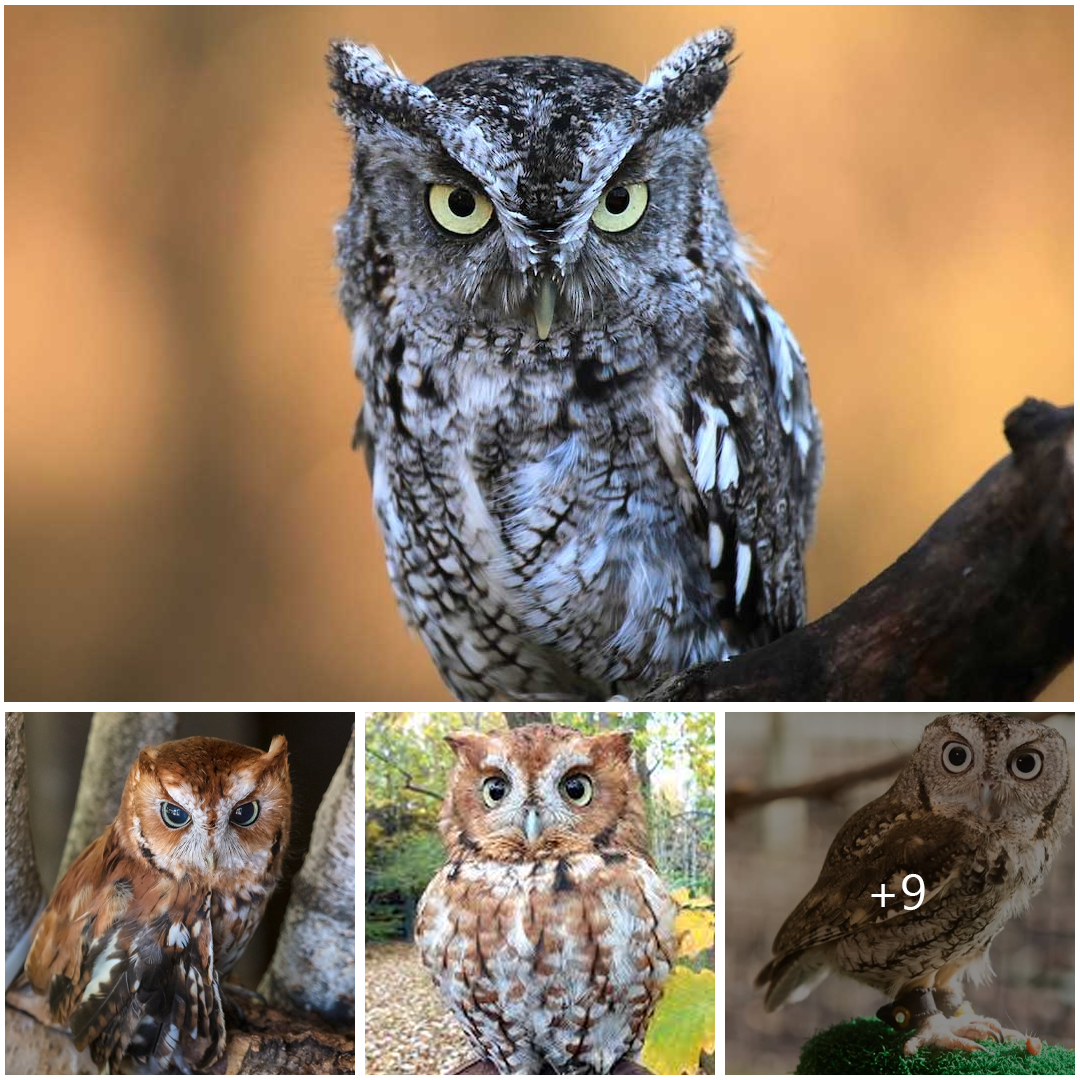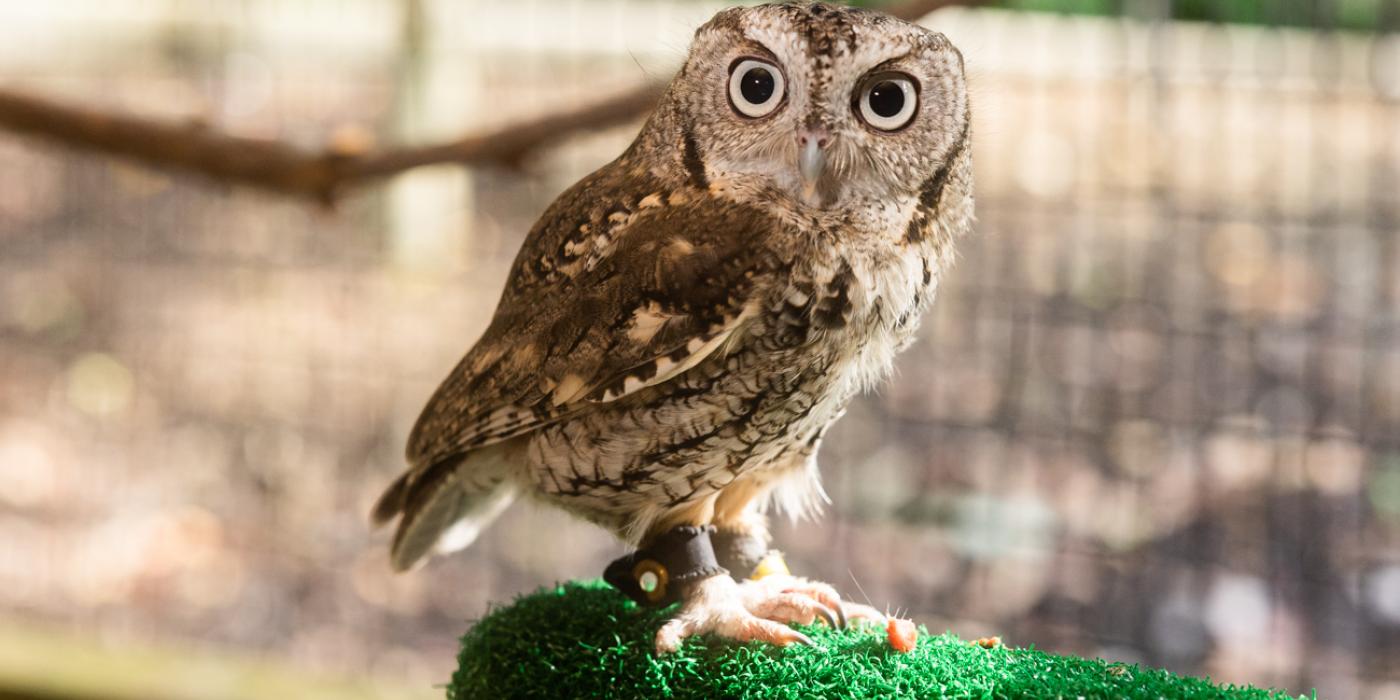
Discovering the Eastern Screech-Owl: A Fascinating Species of Nocturnal Predator
The Eastern Screech-Owl (Megascops asio) is a captivating species of owl native to North America, known for its distinct vocalizations and remarkable adaptability to various habitats. From its appearance to its behavior, this elusive bird offers a wealth of intrigue to ornithologists and nature enthusiasts alike.
Appearance and Characteristics: Measuring around 7 to 10 inches in length, the Eastern Screech-Owl is relatively small compared to other owl species. It features prominent ear tufts, which are often held close together or raised when the bird is alert or alarmed. These tufts, however, are not actual ears but rather serve a camouflage purpose, helping the owl blend into its surroundings.

Eastern Screech-Owls exhibit remarkable color variation, with individuals displaying either gray or reddish-brown plumage, depending on their geographic location and habitat. This color polymorphism allows them to effectively camouflage themselves against the bark of trees, where they often roost during the day.
Habitat and Distribution: Eastern Screech-Owls are highly adaptable birds, found in a diverse range of habitats including forests, woodlands, parks, and suburban areas throughout eastern and central North America. They are cavity-nesters, utilizing tree hollows, abandoned woodpecker nests, or man-made nest boxes for breeding and roosting.
These owls are primarily sedentary, with some individuals residing in their breeding territories year-round, while others may migrate short distances or relocate seasonally in response to food availability and environmental conditions.
Feeding Behavior: As nocturnal hunters, Eastern Screech-Owls primarily feed on small mammals such as mice, voles, and shrews, as well as birds, insects, and occasionally reptiles and amphibians. They are adept hunters, relying on their keen vision and acute hearing to locate prey in low-light conditions. With silent flight and precise talon strikes, they are skilled predators capable of capturing prey with remarkable efficiency.
Conservation Status: While Eastern Screech-Owls are currently listed as a species of “Least Concern” by the International Union for Conservation of Nature (IUCN), they face threats from habitat loss, urbanization, and collisions with vehicles. Conservation efforts focused on habitat preservation and the installation of nest boxes have proven effective in supporting local populations of these charismatic owls.
In conclusion, the Eastern Screech-Owl is a captivating and adaptable species that serves as an important indicator of ecosystem health in its native range. Through continued conservation efforts and public awareness, we can ensure the long-term survival of these remarkable birds for future generations to enjoy and appreciate.





